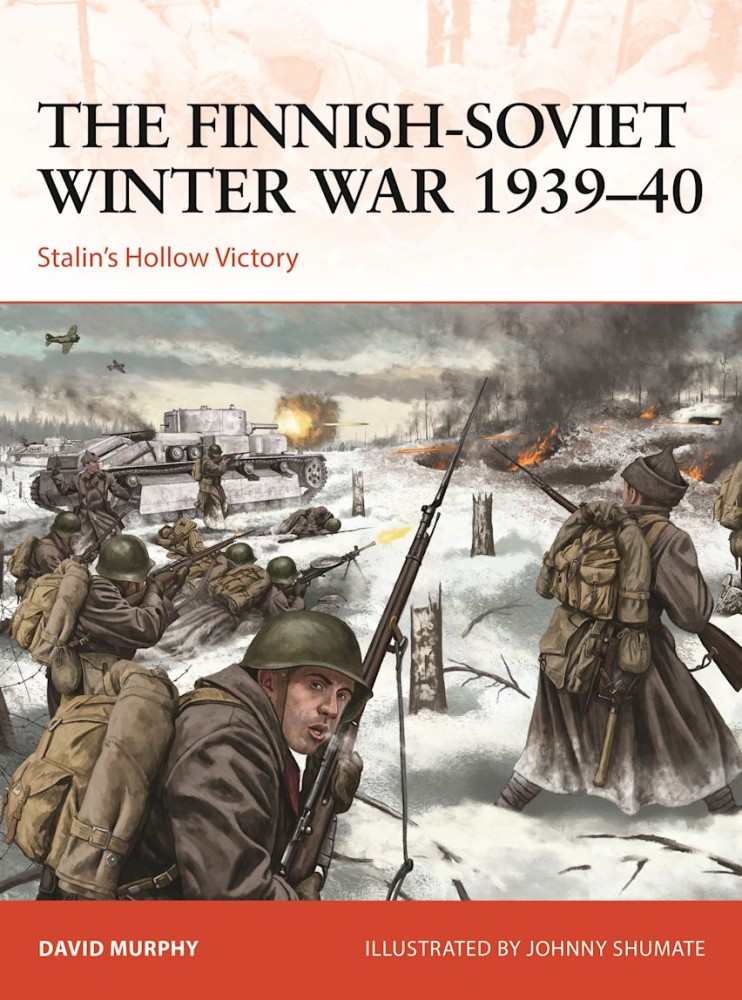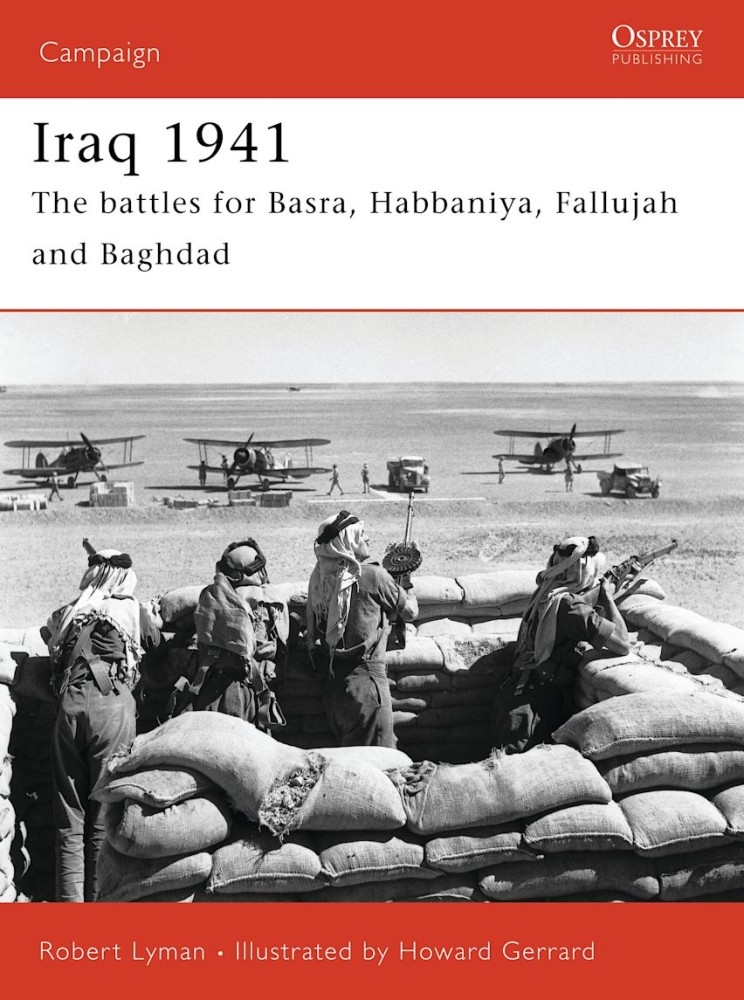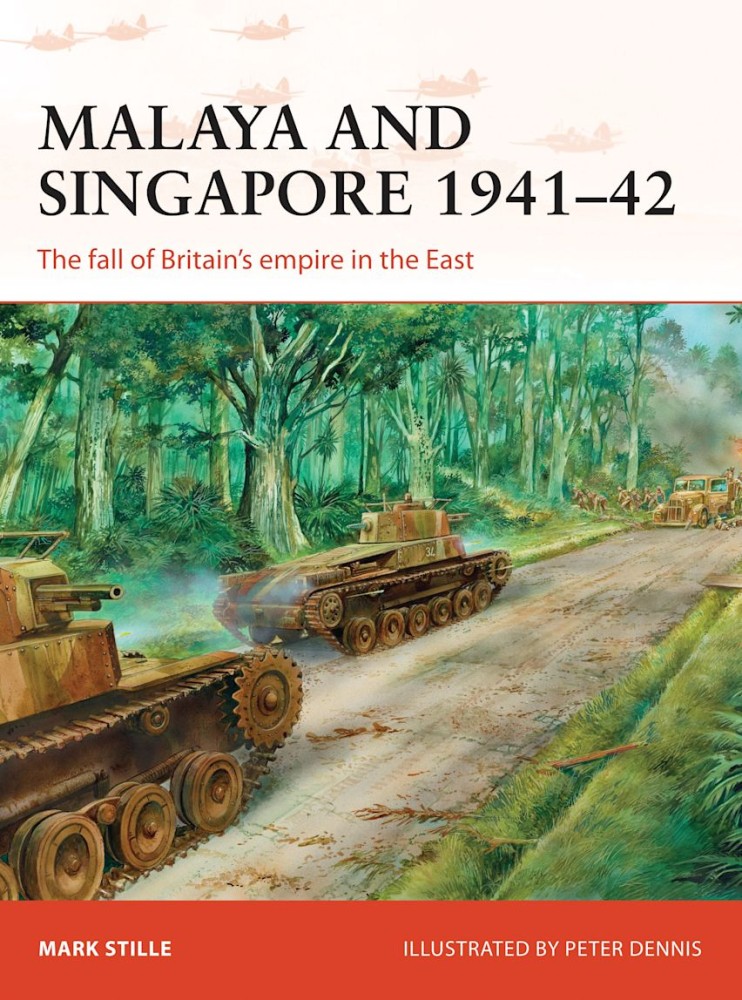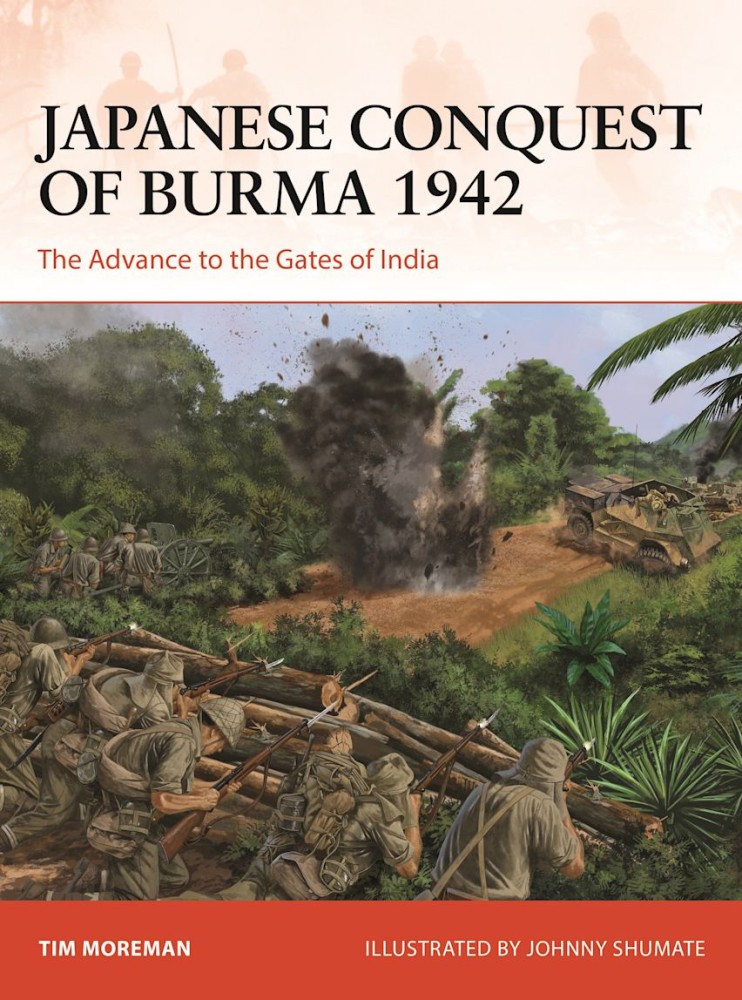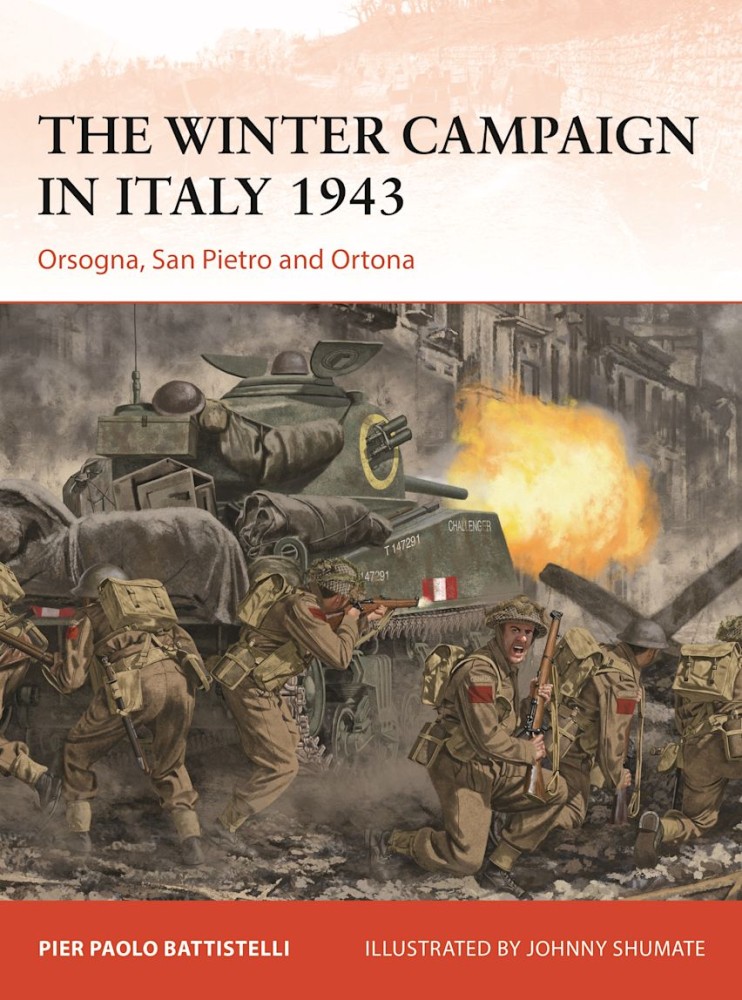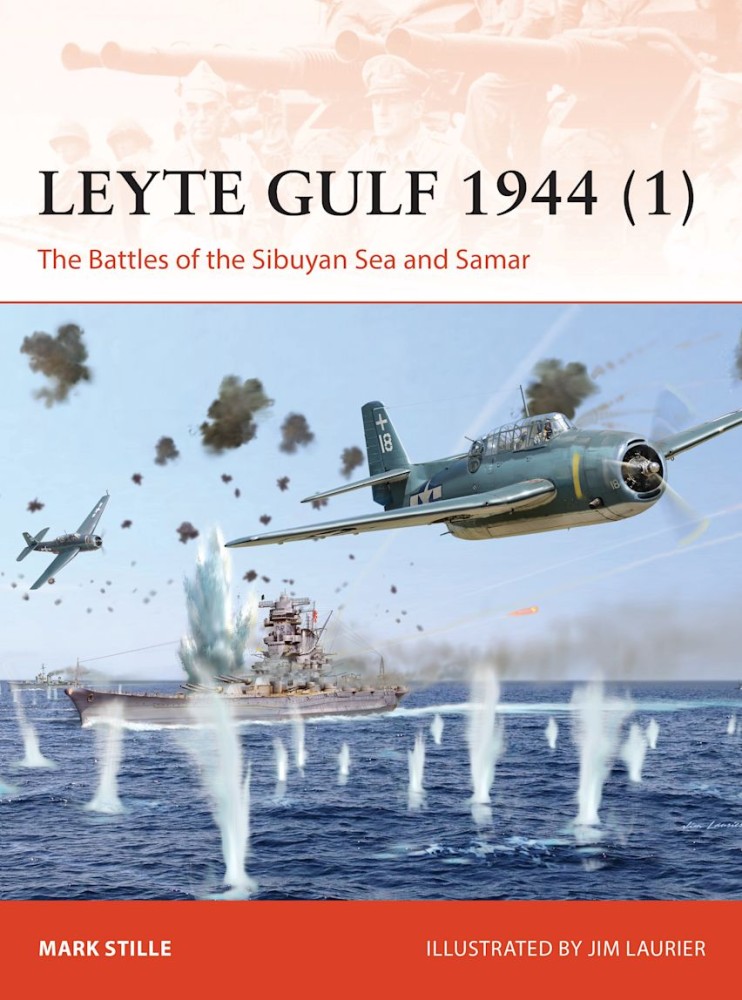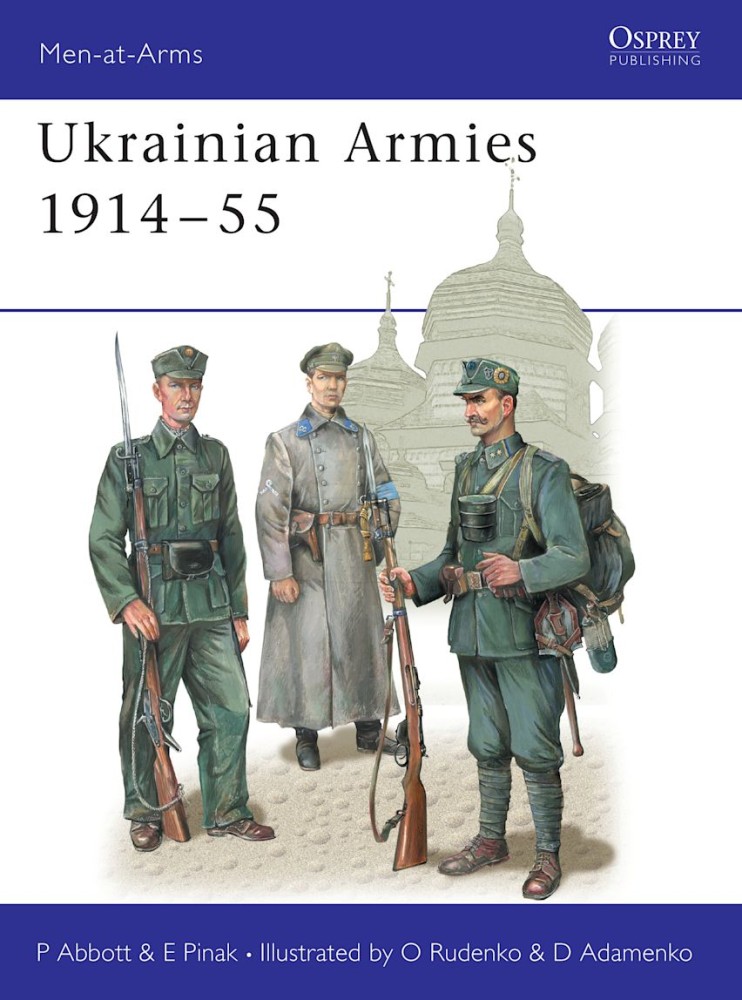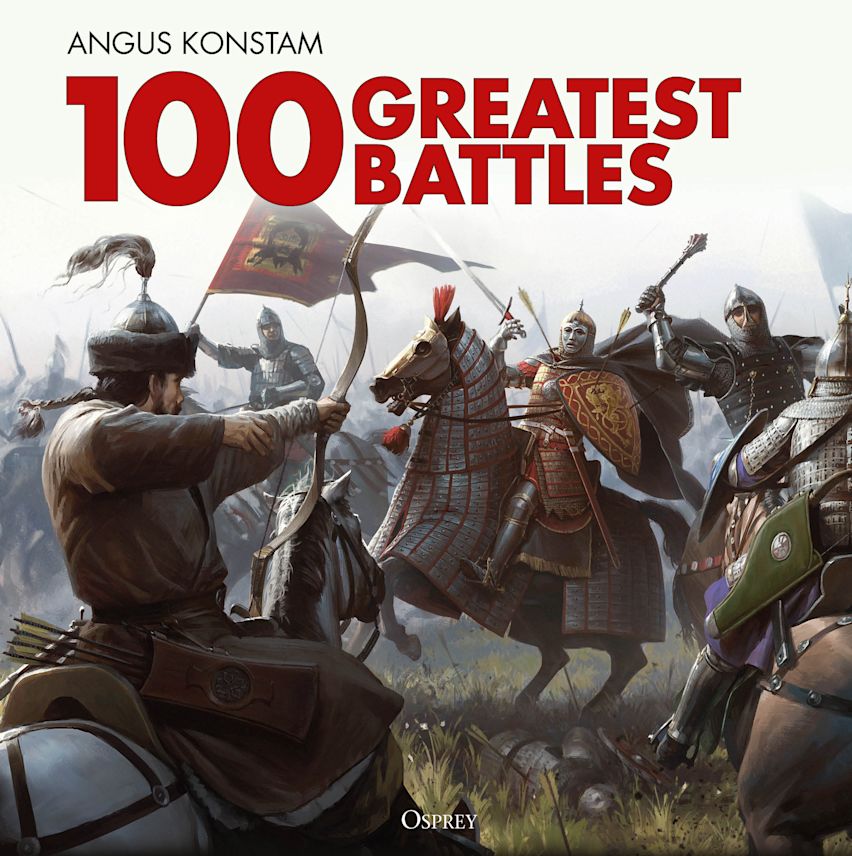World War Two
On 23 August 1939, a secret protocol was appended to the German–Soviet Non-Aggression Pact; as part of this, Finland was assigned to the Soviet sphere of influence. On 30 November that year, in an effort to protect against renewed German aggression in the East, the Soviet Union attacked Finland, beginning what became known as the Finnish-Soviet Winter War. This long-awaited addition to the Campaign series explores the events of the war of November 1939 to March 1940. Set against the background of the developing global conflict, the conflict saw the Finnish Army thwart the plans of the sizeable Soviet forces assembled against it, before finally being forced to concede. The major battles of the war, which took place in harsh winter conditions, are covered in detail, including the Mannerheim Line, the fighting in Ladoga Karelia and Kollaa, and the clashes in Finnish Lapland.
The invasion was expected to be swift and decisive. However, as Dr David Murphy details, a combination of difficulties caused by the weather, the terrain, the Mannerheim Line defences and Finnish tactics blunted the Soviet advance and inflicted high numbers of casualties.
Continuing this exciting new series of guides for wargamers, Dan Mersey gives a wargamer’s perspective on the North African campaign of World War II. Dan gives an overview of events from the opening British successes against the Italians, to the famous duels between Monty and the Rommel (the Desert Fox), right up to the US-led invasion of Operation Torch and the eventual defeat of the Afrika Korps, and offers advice on how to recreate these on the gaming table. Daniel Mersey discusses factors to consider when choosing an appropriate set of commercially available rules, or devising your own, to best suit the scale and style of battle you want and to capture the flavour of the period. The relevant ranges of figures and vehicle models are also reviewed. Analysis of the forces involved, organization, tactics and strategies will help with building your armies and there are interesting scenarios included. Whether this is a new period for you, or you are looking to refresh your existing interest in the period, this handy guide is sure to hold much if interest for you.
In June 1941, Australian, British, Indian and Free French forces invaded the Vichy French-controlled mandate of Syria and Lebanon. They faced an enemy that had more artillery, tanks and aircraft. They fought in rocky, mountainous terrain, through barren valleys and across swollen rivers, and soon after the initial advance faced a powerful Vichy French counter-attack on key strategic positions. Despite these difficulties, the Allies prevailed, and in doing so ensured that the territory did not fall into German or pro-German hands, and thus provide a springboard from which Axis forces could attack British oil interests in Iraq, the key territory of Palestine or the Suez Canal. This book examines the high military and political strategy that lay behind the campaign, as well as the experiences and hardships as endured by the men on the ground.
The battles in Syria and Lebanon were complex actions, often at the battalion level or below, and this work uses extensive war diaries and available records to make sense of the actions and examine how they affected the wider campaign.
The events in Iraq in 1941 had crucial strategic consequences. The country's oil reserves were a highly coveted prize for the Axis powers, and its location provided a corridor in the defence of Palestine and the Suez Canal. Had Iraq fallen to the Axis powers, Britain could have lost its foothold in the Middle East and the Mediterranean and risked losing World War II.
This book examines the strategy and tactics of the Iraq campaign, the role of the Indian Army and the Arab Legion, the nature of expeditionary warfare and the complementary roles of air and land power.
For the British Empire it was a military disaster, but for Imperial Japan the conquest of Malaya was one of the pivotal campaigns of World War II. Giving birth to the myth of the Imperial Japanese Army's invincibility, the victory left both Burma and India open to invasion. Although heavily outnumbered, the Japanese Army fought fiercely to overcome the inept and shambolic defence offered by the British and Commonwealth forces.
Detailed analysis of the conflict, combined with a heavy focus on the significance of the aerial campaign, help tell the fascinating story of the Japanese victory, from the initial landings in Thailand and Malaya through to the destruction of the Royal Navy's Force Z and the final fall of Singapore itself.
The Japanese invasion of Burma in January 1942 marked the beginning of the single longest campaign of World War II. In the Burmese jungles, the battle-hardened, highly trained and lightly equipped Imperial Japanese Army quickly proved itself a vastly superior fighting force in clashes against the British, Indian and Gurkha troops that formed Burma Army and Chinese nationalist forces deployed in eastern Burma.
This superbly illustrated book narrates Burma Corps' epic fighting retreat northwards, carried out mostly in contact with the enemy and across hundreds of miles of highly malarial and extremely difficult terrain, to safety in India. Among the battles covered are the disaster at the Sittang Bridge on 22 February 1942 (where 17th Indian Division was all but destroyed), the fall of Rangoon in March 1942 and the clashes at Yenangyaung, Monywa and Shwegyin.
The performance of the opposing commanders and forces is also examined in detail, highlighting the success of Japanese aggressive light infantry tactics, which ruthlessly exploited the cover and concealment provided by the jungle to outflank, bypass and encircle their bewildered enemy.
A gripping tale of three crucial battles fought at the end of 1943 as Allied forces approached the Gustav Line in Italy.
After repulsing the German counter-attack at Salerno in September 1943, the US Fifth Army and British Eighth Army advanced up the Italian Peninsula. By October, the Allied armies had reached the Volturno Line, forcing a critical decision in German strategy: a prolonged defence would be conducted in southern Italy, contesting the Allied advance using the complex terrain features. By mid-November, the two Allied armies were approaching the German defensive lines along the Garigliano and the Sangro rivers. Here, US 5th Army would attack through the Mignano gap towards San Pietro Infine, while British Eighth Army would seize Ortona on the Adriatic coast and Orsogna. A brutal struggle ensued, with the German defenders attempting to hold their positions. The fighting at Ortona in particular (labelled a 'mini Stalingrad') would be particularly grueling for the Canadian forces involved.
This fascinating work focuses on several little-known battles fought in Italy following the German withdrawal from the Salerno bridgehead and from Taranto. Maps and diagrams present an easy to follow overview of the multiple operations of this complex campaign. The forces of the opposing sides (including American, German, Canadian, New Zealand and British troops), and the three decisive battles fought in late 1943, are brought vividly to life in period photos and superb battlescene artworks.
In October 1944, the US prepared to invade the Philippines to cut Japan off from its resource areas in Southeast Asia. The Japanese correctly predicted this, and prepared a complex operation to use the remaining strength of its navy to defend its possessions.
In the Battle of Leyte Gulf, the Imperial Japanese Navy's First Diversion Strike Force took part in two major actions during the course of the battle: the intense air attacks from US Navy carriers on October 24 (the Battle of the Sibuyan Sea, which accounted for superbattleship Musashi), and the compelling action off Samar the following day.
This book examines in detail why, following the Samar action, the Imperial Japanese Navy commander of the First Diversion Strike Force (Takeo Kurita) chose to ignore orders and break off the attack into Leyte Gulf-one of the two most controversial decisions of the entire battle.
It also covers the Japanese planning for Leyte Gulf, and the strengths and weaknesses of the Imperial Japanese Navy in this phase of the war alongside the US Navy's planning and command arrangements.
There can be no region in Europe whose history has been more tortured than Ukraine. During the 20th century Austria, Poland, Russia, Germany, Hungary, Czechoslovakia and Romania vied for power over parts of this vast and fragmented area; and its divided peoples rose time and again in vain attempts to win their independence.
For the first time in the West, this book gives a succinct summary of all the different armed forces raised among the Ukrainians, and of their uniforms and insignia. These are illustrated in colour and in a selection of extremely rare photographs, dating from the Great War to the aftermath of World War II, when Ukrainian guerrillas continued to defy the Soviet authorities until the mid-1950s.
A highly illustrated introduction to some of the greatest battles in world history, from the iconic encounters of the Ancient World such as Thermopylae and Cannae, through to the major clashes of the 20th century epitomized by Stalingrad and Khe Sanh.
This concise study by renowned military historian Angus Konstam examines one hundred of the most famous battles from world history. It includes great naval engagements such as Salamis, Trafalgar, Jutland and Midway; pivotal land battles that decided the fate of nations, such as Hastings, Yorktown, Gettysburg and the Somme; and the impact of the new dimension of aerial warfare in the 20th century at Pearl Harbor, in the Battle of Britain and in the skies over Hiroshima.
This highly illustrated book features 100 full-colour battlescene artworks from Osprey's comprehensive archive and is the ideal introduction to the battles that changed the course of history.

